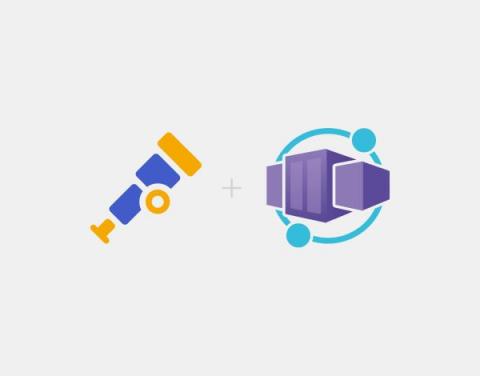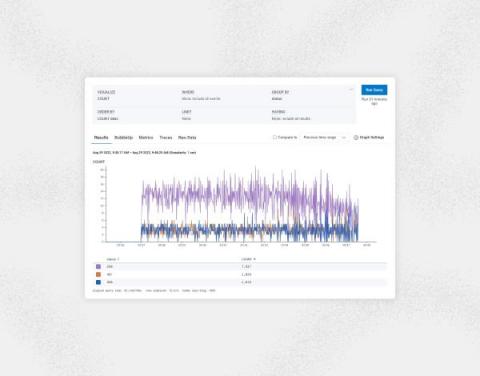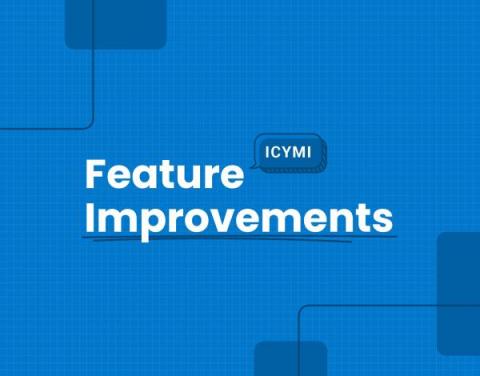The Future of Ops Is Platform Engineering
Two years ago I wrote a piece in The New Stack about the Future of Ops Careers. Towards the end, I wrote: I described the second category as “operations engineering minus the infrastructure,” dedicated to evaluating and assembling a production stack of third-party platform providers, enabling software engineers to self-serve their services and own their own code in production. I said: That second category I was describing now has a name. We call those teams "platform engineering.".











